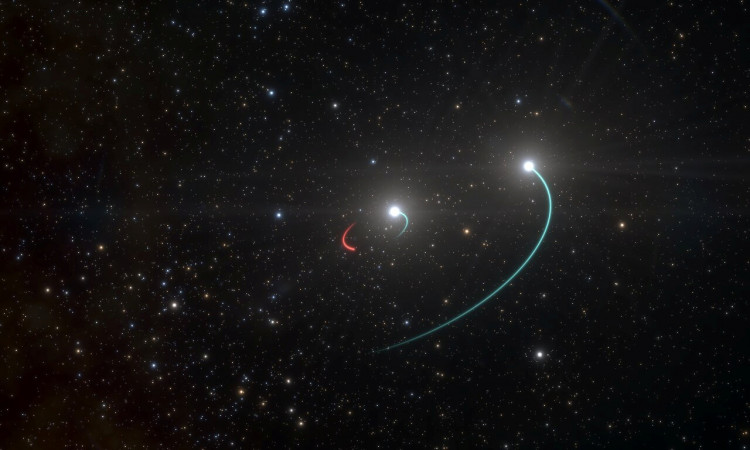A Neptune-sized planet has been discovered orbiting a young star about 32 lightyears away from Earth, according to a new study. The young system, called AU Microscopii, will allow scientists to study how planets form and evolve, as well as learn about how planets interact with their stars.
The newly discovered planet, named AU Mic b, orbits around its star, AU Mic, every 8.5 Earth days. The system is part of the Beta Pictoris moving group, which is a collection of stars, and found in the Microscopium constellation. The star called Beta Pictoris, meanwhile, is found to have two exoplanets orbiting around it.
For years, scientists have been observing AU Mic in hopes of finding a planet, which they had been doing for more than a decade. The star is very young compared to the Sun, only around 20 million to 30 million years old. By contrast, the Sun is around 4.6 billion years. AU Mic is interestingly surrounded by a disk of dust debris and gas, which are actually the remains of when the star formed.
AU Mic b is one of NASA's most valuable finds, thanks to data from its Spitzer Space Telescope and the Transiting Exoplanet Survey Satellite (TESS). Both Beta Pictoris and AU Mic are surrounded by a debris disk, but scientists are particularly fascinated with the AU Mic system.
"We think AU Mic b formed far from the star and migrated inward to its current orbit, something that can happen as planets interact gravitationally with a gas disk or with other planets," said Thomas Barclay, the study's co-author, in a statement. "By contrast, Beta Pictoris b's orbit doesn't appear to have migrated much at all. The differences between these similarly aged systems can tell us a lot about how planets form and migrate."
Despite being a tiny star, AU Mic is fairly active. In observations made by TESS, the star has been found to have released flares. At times, its flares are even stronger than our own Sun has released, according to astronomers.
These flares sometimes change the brightness of AU Mic, which scientists find favorable because it can indicate a transit. A transit is an event when a planet passes by in front of its star during orbit. This is one of the ways NASA discovers new planets.
Astronomers will continue to study AU Mic b and the AU Mic system. The study was published Wednesday in the journal Nature.






